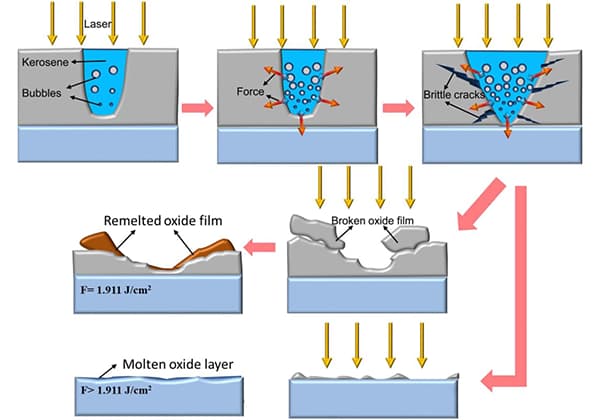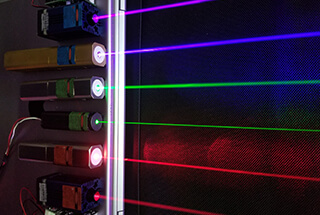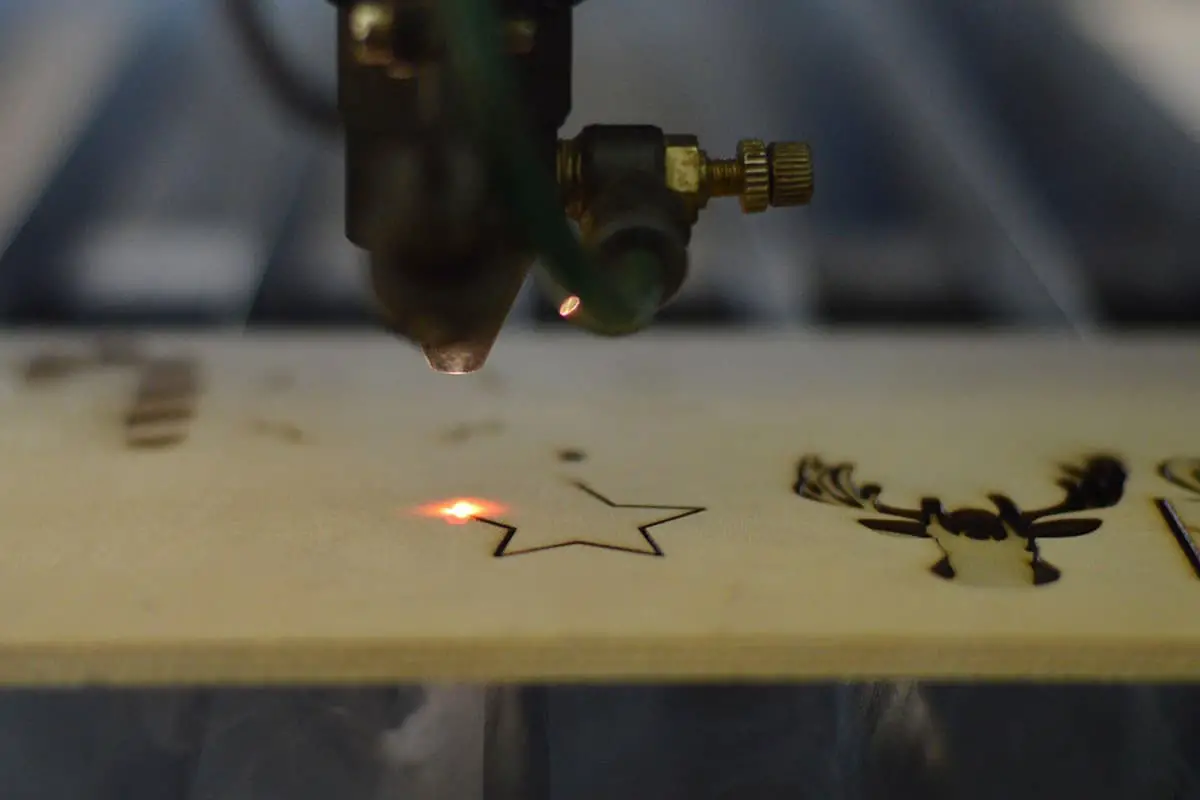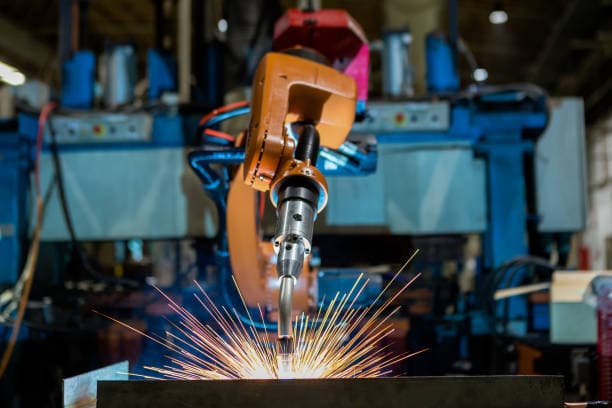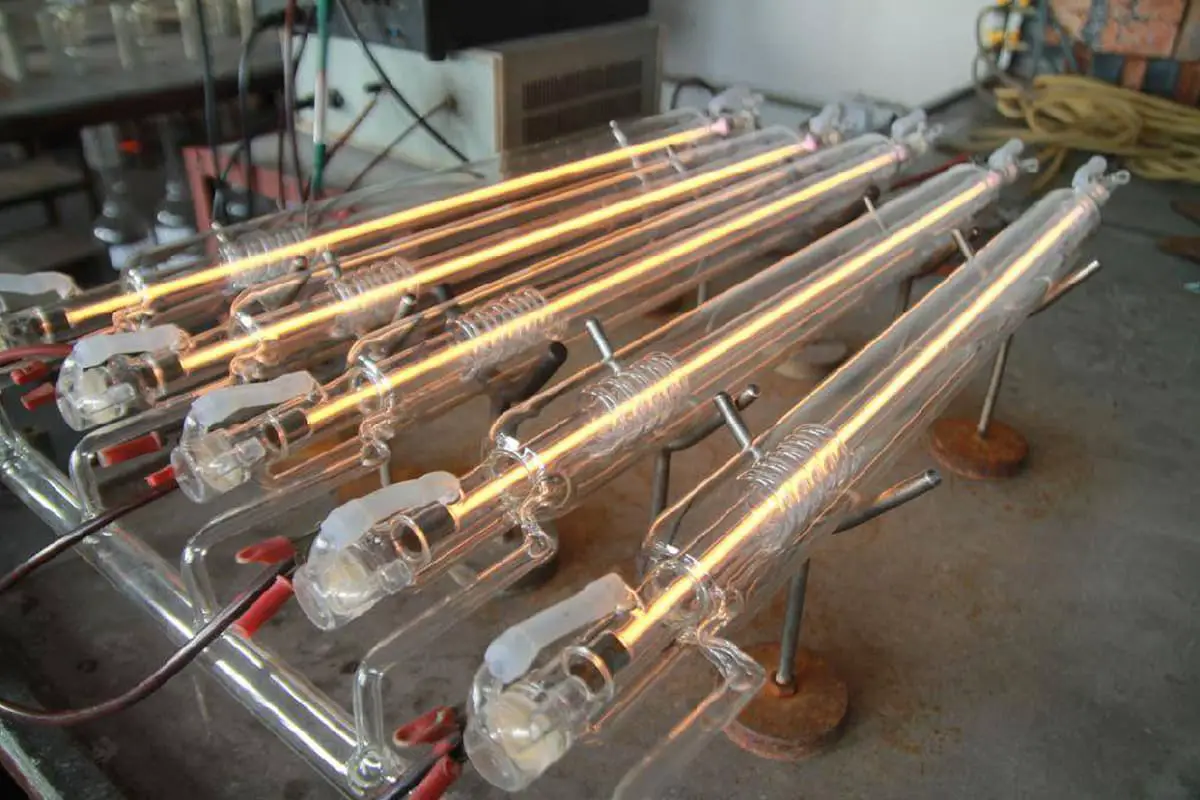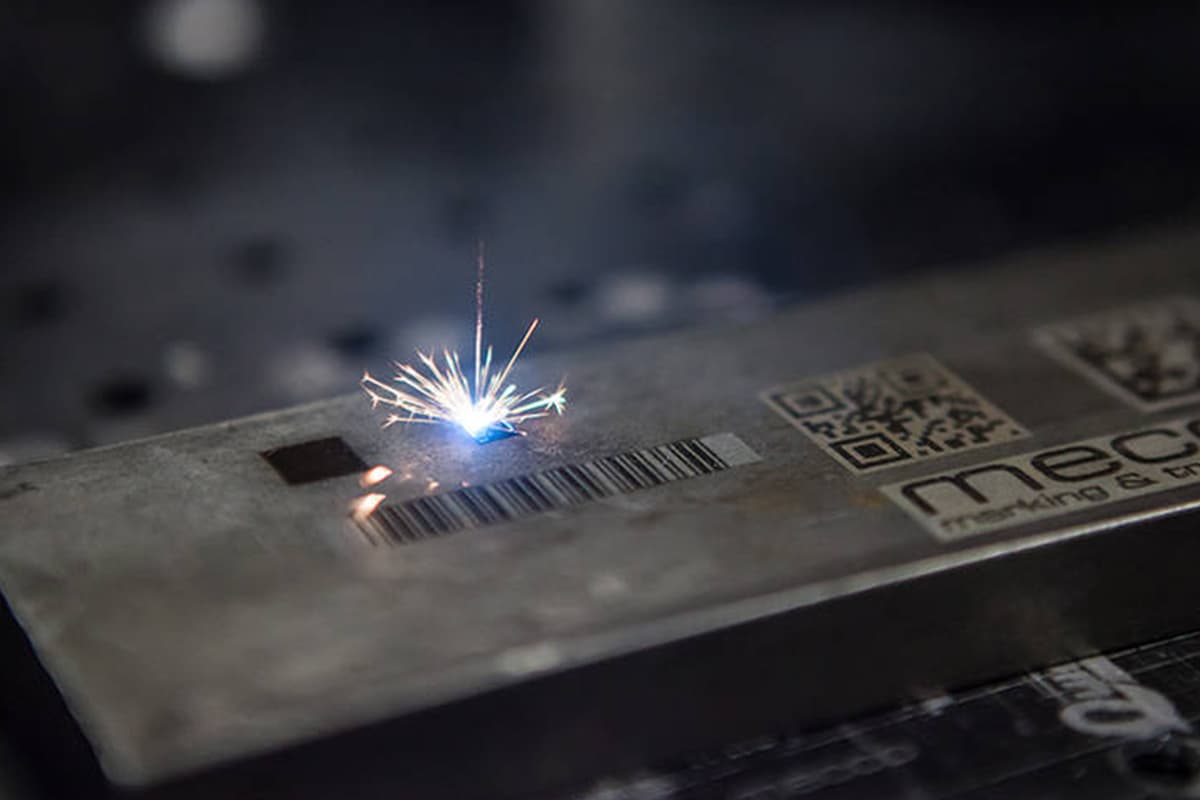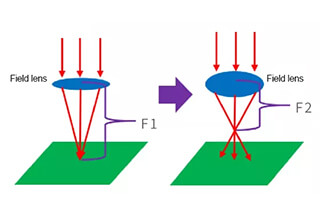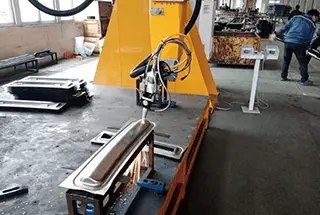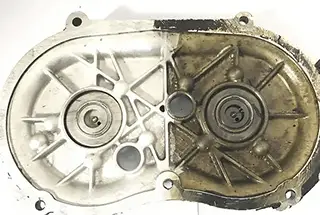
Imagine removing stubborn rust, paint, or contaminants from surfaces without harmful chemicals or abrasive methods. Laser cleaning technology, a groundbreaking method, uses laser beams to clean surfaces efficiently and safely. This article explores how laser cleaning works, its benefits, and its diverse applications, from preserving historic artworks to maintaining industrial equipment. Discover the future of cleaning that promises to revolutionize industries with precision and eco-friendliness.
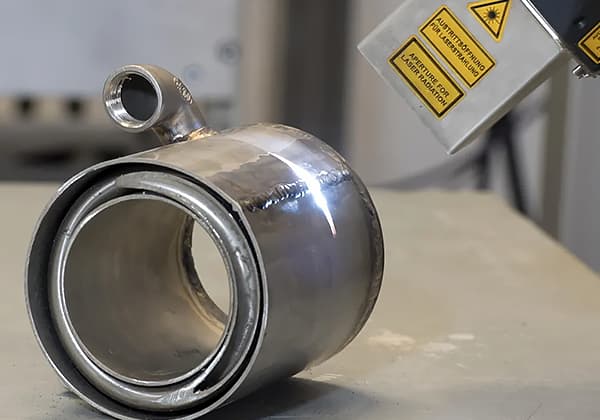
With the advancement and development of technology, laser processing technology has been widely used in production practice.
Laser processing (Laser Beam Machining, LBM) can be used for drilling, cutting, fine-tuning of electronic devices, welding, heat treatment, etc. As a branch of laser processing technology, laser cleaning technology has emerged.
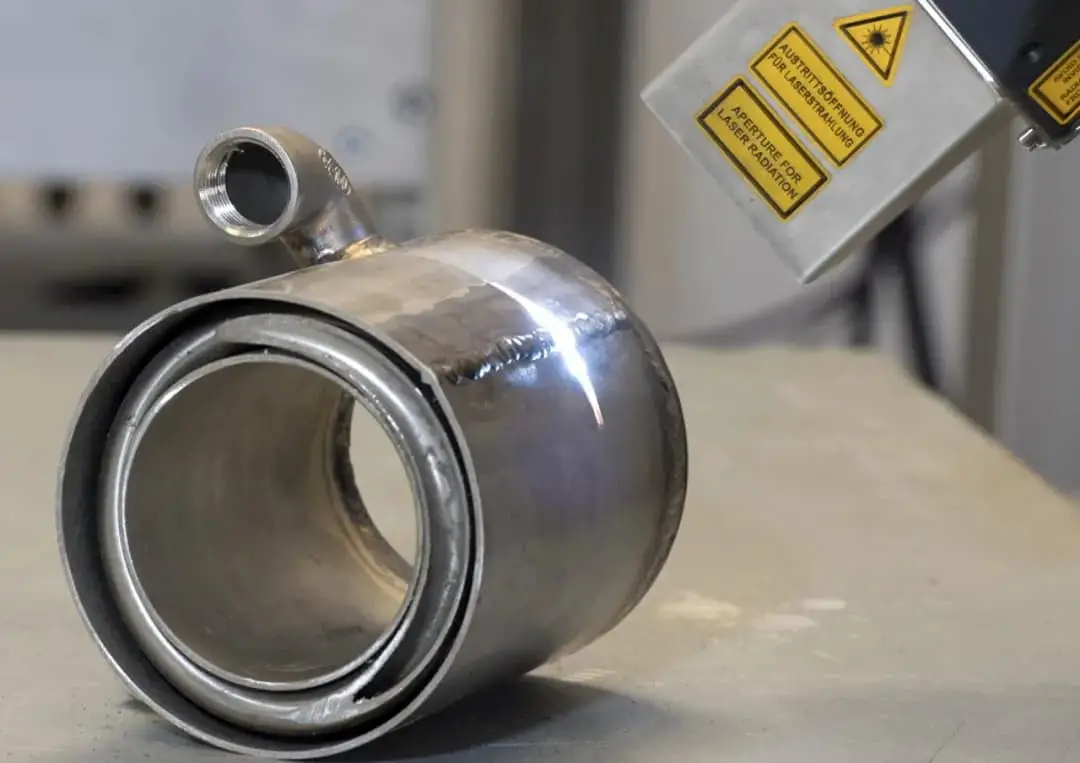
Contaminants are primarily bonded to surfaces through covalent bonds, dipole-dipole interactions, capillary action, hydrogen bonds, adsorption, and electrostatic forces.
Among them, capillary action, adsorption, and electrostatic forces (as shown in Figure 1) are the most difficult to break.

Note:
Capillary force comes from the cohesion of a very thin layer of liquid (such as atmospheric humidity) that forms in the tiny gaps between particles and the surface of the substrate. Adhesion force is the primary adhesion force for micro-scale pollutants.
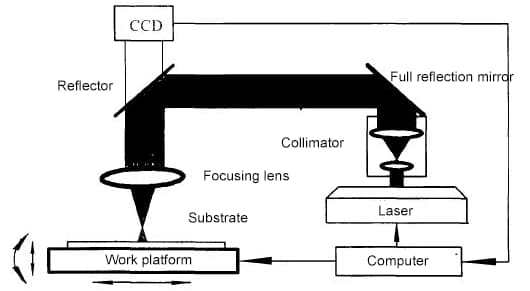
The laser beam can produce at least three effects:
(1) Induce mechanical resonance on the solid surface, causing the disintegration and detachment of the surface dirt or deposit;
(2) Heat up the surface dirt to expand, thereby overcoming the adhesion force of basic material to the dirt particles and detaching it from the object surface;
(3) Instantaneously vaporize, gasify, or decompose dirt molecules.

Adopting pulse direct radiation for cleaning, the laser is absorbed by the substrate or particles, resulting in vibration that separates the substrate and the contaminants.

First, deposit a layer of liquid film on the surface of the substrate and then use laser radiation to clean it.
While irradiating with laser, blow inert gas towards the surface of the workpiece. When the dirt is peeled off from the surface, it is blown away by the gas far from the surface to avoid re-pollution and oxidation of the cleaned surface.


In Europe, laser cleaning systems have already been used in the aviation industry. After a certain period of time, the surface of an airplane needs to be repainted, but the old paint needs to be completely removed before repainting.
Traditional mechanical paint removal methods are prone to damaging the metal surface of the airplane, posing safety risks to flight operation.
However, by using multiple laser cleaning systems, the paint layer on the surface of an A320 Airbus can be completely removed within two days, without damaging the metal surface.
By using optical fibers to guide high-powered laser beams into the inside of nuclear reactors, radioactive dust can be removed directly, and the cleaned material can be easily disposed of.
Moreover, since the operation is done remotely, it ensures the safety of workers.
Laser cleaning technology can be used for liquid, solid, cultural relics, and space debris, as well as situations where waste is explosive or the substrate is easily damaged. The use of lasers has advantages such as safety, high efficiency, and reliability.
Its applications in the rust removal and paint stripping of metal surfaces such as airplanes and ships, cleaning of building surfaces, and crystal surface cleaning in the microelectronics industry show excellent superiority.
It can be inferred that with the development of laser technology and the decrease in laser costs, the application of laser cleaning technology will become even more widespread.

